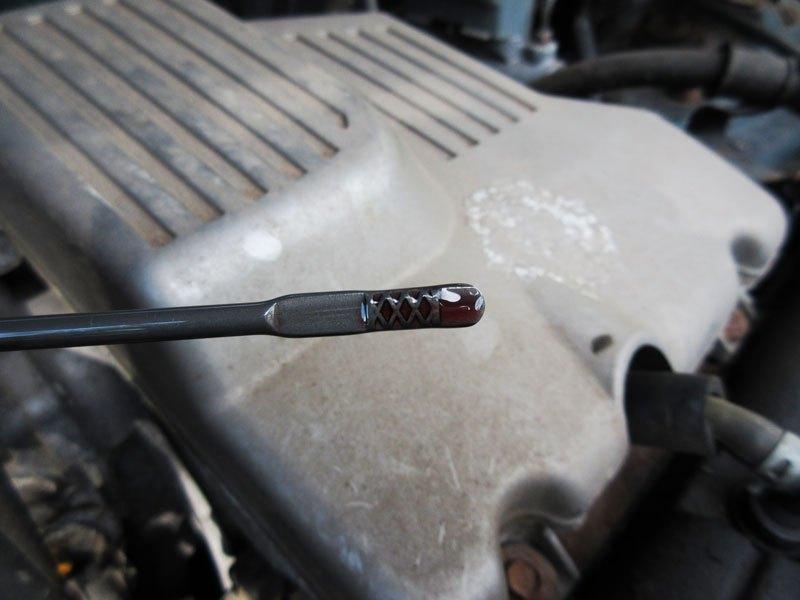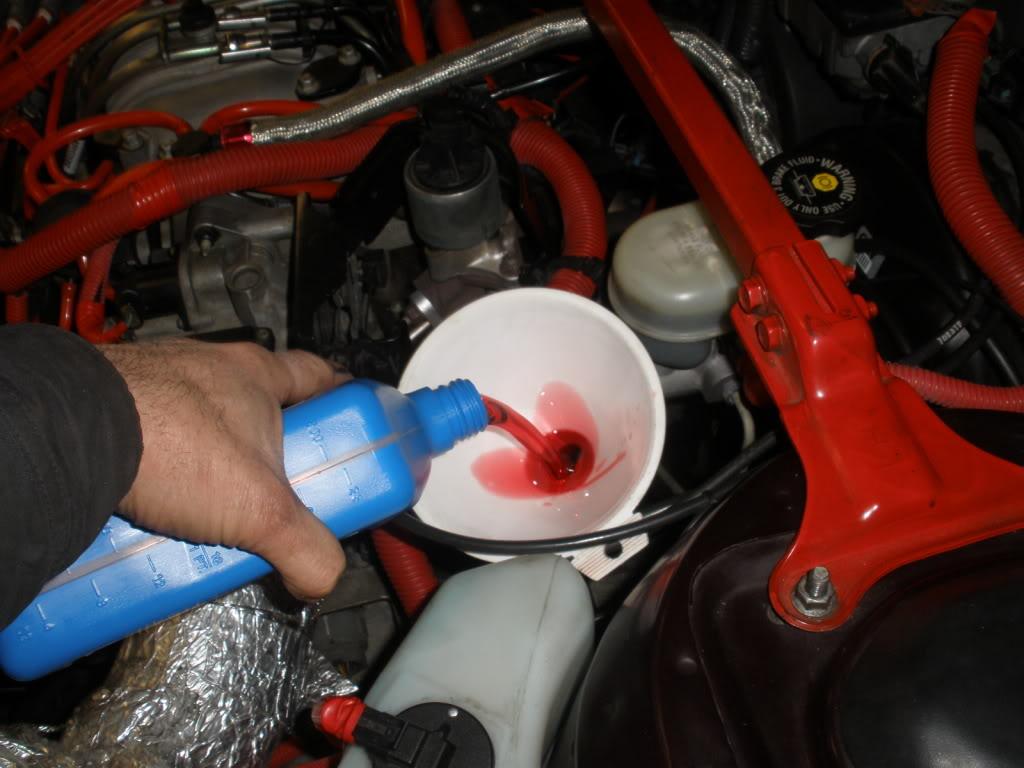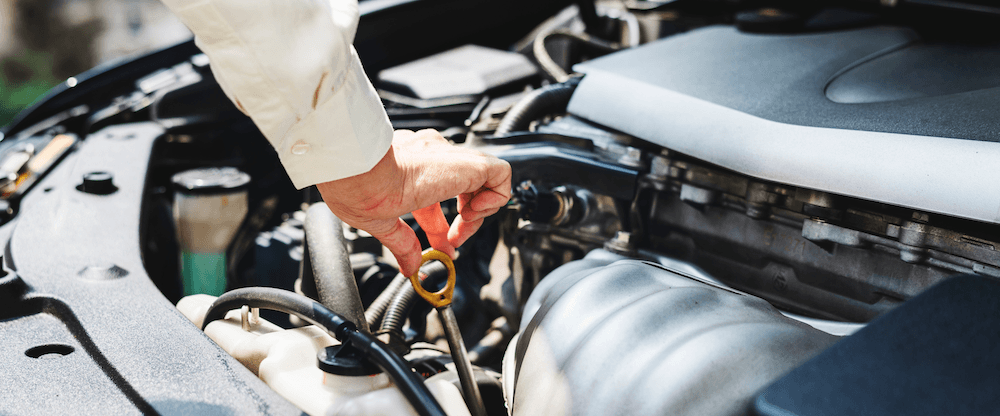Why does a car need oil? Well, oil in the engine lubricates the components and saves them from corrosion, friction, and untimely wear and tear. Similarly, the transmission parts also need lubrication for proper functioning. You need to know how to check transmission fluid because the transmission’s health and functions depend on it.
Contents
When To Check Transmission Fluid?
Checking transmission fluid level should be a regular task rather than something to after the problems occur. The symptoms indicated that the damage has already done to the transmission.
Also, regular checking of the fluid makes you aware of some smaller issues before they start creating problems. For example, detecting leakages, low fluid level, or degraded fluid at earlier stages will save you the trouble of visiting the repair shop.

How To Check Transmission Fluid In Manual And Automatic Cars?
Before knowing how to check transmission fluid, you have to know the kind of transmission your car has. The process slightly differs depending on whether it is a manual or automatic transmission.
How To Check Transmission Fluid In Manual Cars
You have to have a dipstick to measure the fluid level of a manual transmission. However, most manual cars don’t come up with one so you have to purchase it separately.
The first step is to unscrew the filler plug that sits either on the side or the top of the transmission. There is a hole through which you can put the dipstick or your finger (if recommended in the owner’s manual) to see if the fluid is below the correct level.
You should observe the color and smell of the fuel. Dark-colored fuel or a burning smell is not good news. It should also not have any metal piece or sludge in it. The fluid needs replacing if it is not in its normal color or state.
SEE MORE
- The Reason behind Slow Clutch Release in Manual Car
- Avoid these Mistakes with Black Transmission Fluid
How To Check Automatic Transmission Fluid
When it is an automatic car, there is a confusion about whether to check transmission fluid hot or cold. Well, you should do the checking in both states because the fluid dilates when it is hot.

Do the checking when the fluid is cold and then do it again after letting the engine run with the gear in ‘Neutral’ or ‘Park’ and the parking brake on. The level is fine if the dipstick gives a reading between the ‘add’ and ‘full’ labels. But, it should not be below the ‘add’ and above the ‘full’ labels. Extra fuel has to be added if the reading is on ‘add’ or below that label because low fluid level makes the shifting response slower. Similarly, a higher amount of fluid will create gear slippage and annoying sounds.
Never check the fluid level after driving the car at a high speed for one or two hours. It is likely to give a false reading and the level will appear higher than it is.
>> Looking for a second-hand car from Japan? Click here <<




I bought a car, harrier 2003 from your company and you brought it with a damaged dashboard and the switch makes strange like corroded noise when I start. Am truly disappointed with the service, I keep incurring costs for service every week. I would have preferred you told me earlier that the car had some problems.
I want to re register my complain again.
I have a small leak under a seal on my transmission (Toyota Camry 2012 v6 2gre Engine) with a 22-pin gearbox, the symptoms I experience is
1 – a Jolt feeling when i start driving on a cold start from Gear 1 to 2 only and 2 to 3 other gears work just fine and downshifting works fine
2 – after driving for 5 mins at the first drive of the day from a cold start the car shifts becomes smooth as if no issues where present
3 – I have no dtc codes in the transmission as well as no check engine light
please help what can be the cause of these